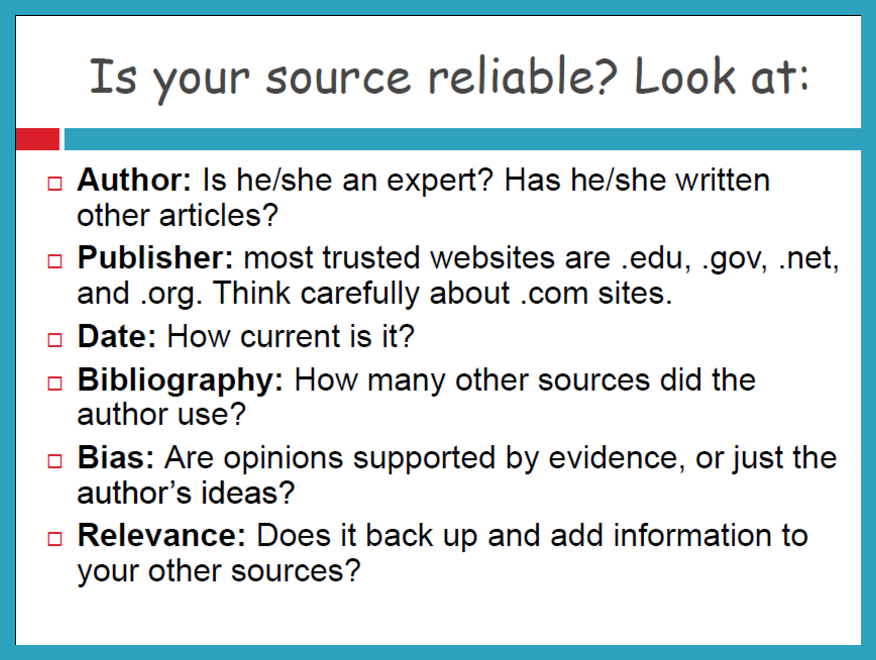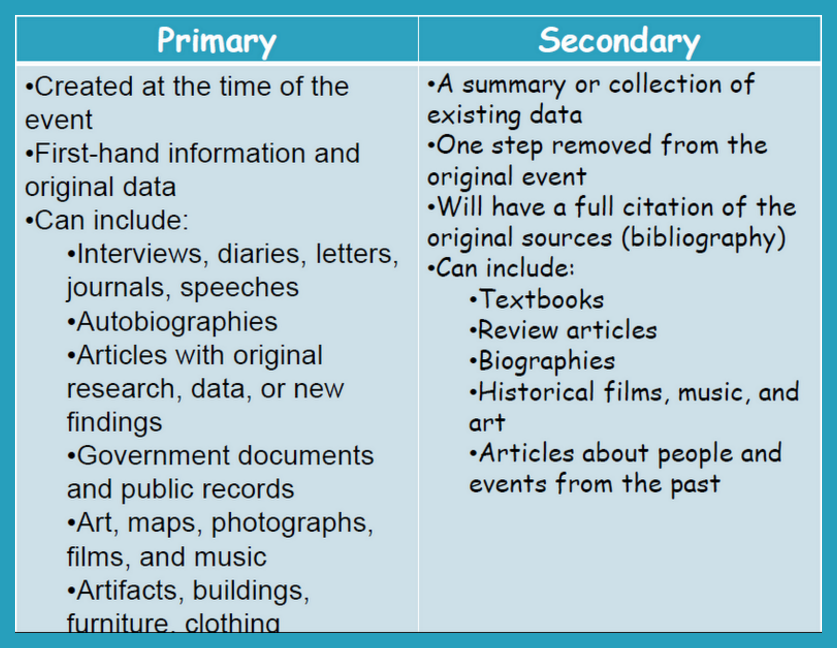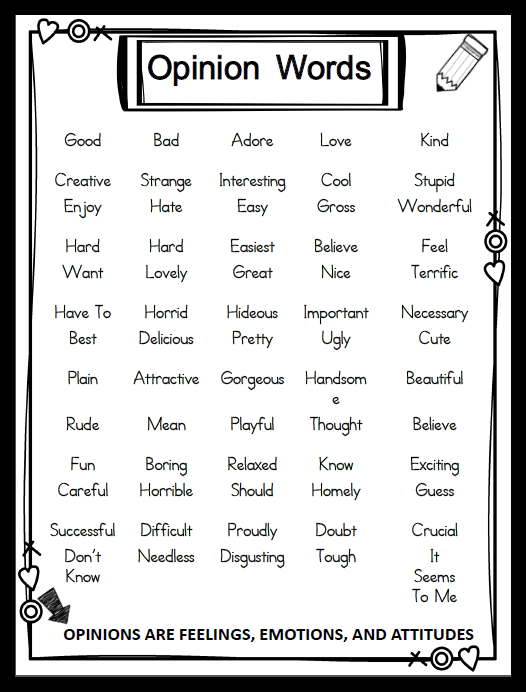PRIMARY AND SECONDARY SOURCES
Unit Overview
In this unit, you are going to learn that civic participation embraces the ideal that an individual actively engages in his or her community, state or nation for the common good. You will learn skills in accessing and analyzing information that are essential for citizens in a democracy. You will also learn that you can better understand public issues by gathering and interpreting information from multiple sources.
Obtaining Information

Do you ever watch the news on TV or read the paper? If you wanted to find out if your favorite baseball team won their game yesterday, where would you go to find this information? Can you trust that this source of information is true? Does ESPN always report the correct information, or should you believe the National Inquirer? You should ask yourself: Where is this information coming from? Can I trust the source? The following are just a few places you can look to find information. Different information sources have advantages and disadvantages.
Electronic media , like TV and radio, are good up-to-the-minute coverage of important events. But they cannot give you a lot of details because they only have so much time allowed to do their show. Print media, like magazines and newspapers, are good at providing background information and longer stories as well as news. They can go into more detail than electronic media. The internet is a great addition to informational sources. It combines the speed of electronic media with the detailed information of print media.
Once you locate your information, you want to be able to understand it. Interpreting and analyzing information can sometimes be a tricky job because sometimes the pieces of information you find on a topic may disagree with each other. This is especially true when the topic is political. Whenever a country goes to war, people disagree. Some may be in support of the country going to war and others may be totally against it. Everyone has an opinion. That is not necessarily a bad thing. Following local and national news allows you to think for yourself and make informed decisions. News comes in many forms – newspapers, magazines, television, radio, and the internet. Using more than one source is a good way to make sure your information is true. It is important for you, as a citizen, to be able to draw your own conclusions from the information about the issues.
Fact vs. Opinion
When you are evaluating your sources, you must be able to tell a fact from an opinion. A fact is a statement that can be checked and proven. The following clues can help you decide whether a statement is a fact.
- Information that is true
- Something you can prove
- Can be looked up in an encyclopedia or reference book
- Can be tested out
- Ask an expert
- A point that you can't argue and that cannot be changed
- Information typically found in nonfiction
- Used in news reports or articles
An opinion is a statement that tells what a person thinks or believes. An opinion is what a speaker or writer believes; it expresses a personal belief, feeling, or idea. The following clues can help you decide whether a statement is an opinion.
- Look or listen for phrases such as "I think," "I feel," "I believe,"and "In my opinion."
- Ask yourself, "Do people agree about this?"
- Watch for words such as those listed below.
Historians can use facts to help them form opinions about the past.
Print and complete the following activities!
More Fact and Opinion Practice
Primary Sources
There are hundreds of resources you can use when you are searching for information. There are two main types of sources. The first is a primary source. A primary source is something or someone that can give a firsthand account of the event. They were there when the event happened. For example, you are at recess and you see Tommy punch Joey in the stomach. They are sent to the principal for fighting. The principal asks for witnesses. You would be a primary source because you were there and actually saw what happened.
Using the same example above, you then tell Suzy what happened on the playground. Suzy did not see what happened. She only knows what happened because you were there and you told her. Suzy would be a secondary source. She can give us some information about the event, but she was not an eye witness to the event. Primary sources are actual records that have survived from the past, such as letters, photographs, or articles of clothing.

Print and complete the following activities!
Causes of the Civil War -Primary Source Analysis
Secondary Sources
Secondary sources are accounts of the past created by people writing about events some time after they happened. Secondary sources analyze, interpret, or comment on the primary source. In other words, a secondary source says something about a primary source. For example, your history textbook is a secondary source. Someone wrote most of your textbook long after historical events took place. Your textbook may also include some primary sources, such as direct quotes from people living in the past or excerpts from historical documents.
One of the most important steps to figuring out if a source is trustworthy is deciding whether it is a primary or secondary source. You should ask yourself if the information is giving you facts or opinions. Remember, if you can prove the information is a fact, it is a fact. If your information is mostly opinions, it probably is less trustworthy than information that is mostly facts.

Print and complete the following activities!
Identifying Primary and Secondary Resources
Now answer the questions!
